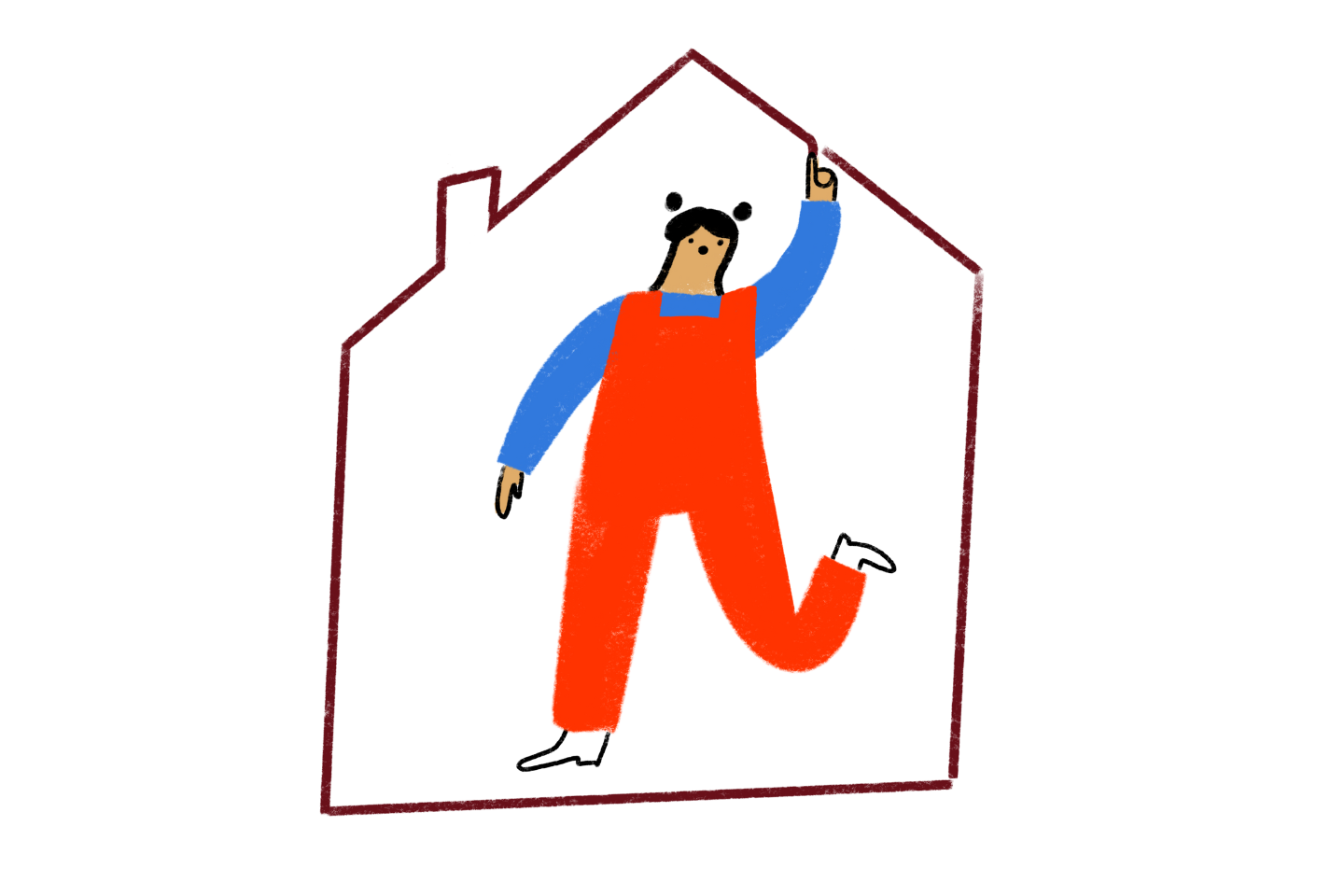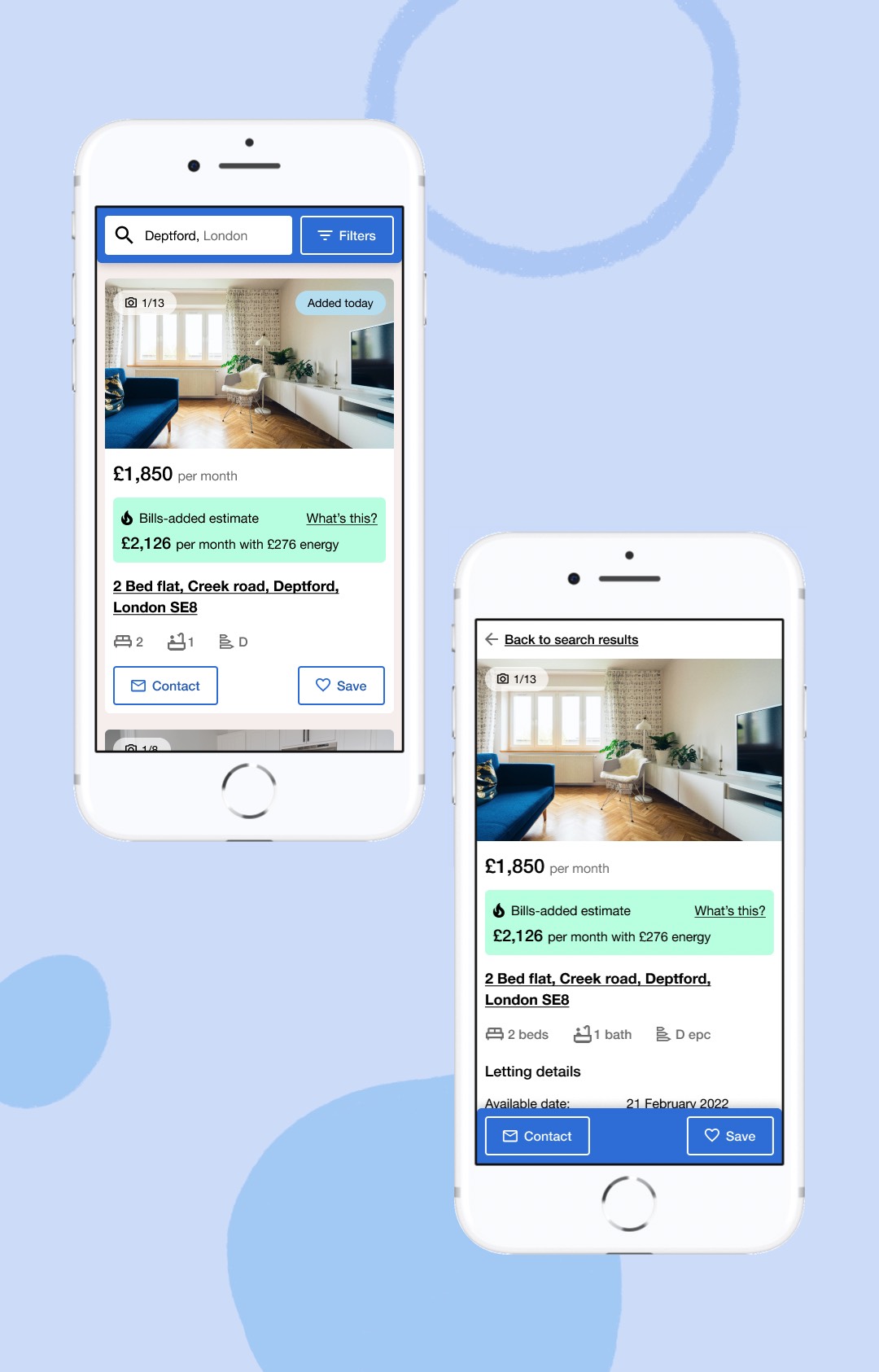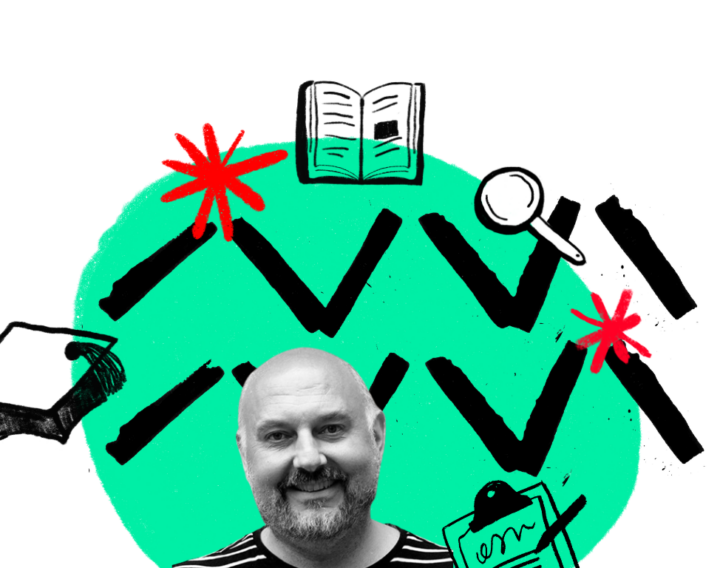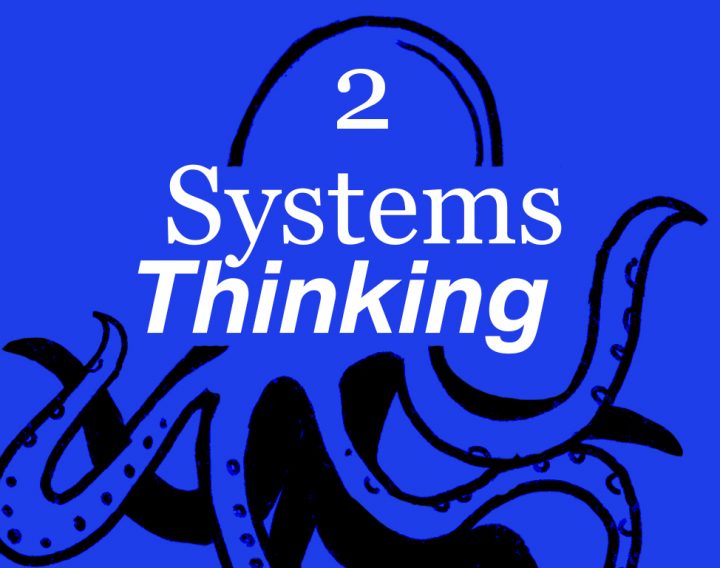Reducing energy bills and improving energy efficiency for rental tenants – a product design intervention

Part one - Snook Senior Interaction Designer Ananda Maryon recently took on a ‘Washing Line’ project. When Snook's are between client projects, they sometimes have time to spend on internal work and briefs. To help structure this, we have what we lovingly call: The Washing Line. Here Ananda tells us about his recent Washing Line project.
Part one –
Snook Senior Interaction Designer Ananda Maryon recently took on a ‘Washing Line’ project. When Snook’s are between client projects, they sometimes have time to spend on internal work and briefs. To help structure this, we have what we lovingly call: The Washing Line. Here Ananda tells us about his recent Washing Line project.
The brief
The brief was to create a ‘Provotype’ around our Thriving Planet mission area. This was an opportunity for me to learn more about Provotypes, think outside the box and apply my design skills to an important issue.
To help explore this area and generate ideas, I enlisted the help of my fellow Snook and User Researcher Abigail Blunt to create an internal workshop. We created a Do-It-Yourself worksheet that colleagues could complete in their own time. This made it more accessible for people who are busy on projects. As a result we came up with lots of potential provotype ideas. Building on concepts around housing and energy usage we explored through this workshop, led me to the idea I wanted to share with you today. Although not a ‘provotype’ per se, I do feel it is a provocative idea that shines a light on an important and neglected issue.
Our response
Housing in the UK is not as energy efficient as it needs to be to meet current climate targets. This inefficiency also makes household bills higher. Renters do not have the power to make meaningful changes to their home’s energy efficiency.
There is a power imbalance between landlords and tenants: tenants can’t carry out the works required, but they pay the high energy bills resulting from inaction.
How might we improve the energy efficiency of renters’ homes so that their energy bills are reduced, and their emissions lowered? I believe that product design could help address this issue.
The UK private rental market
To reach net zero targets and avoid the worst impacts of climate change, huge shifts are needed in all sectors of the UK economy.
A large portion of emissions are related to housing:
- The heating sector in the UK accounts for almost one third of the UK’s annual carbon footprint. In 2019, 17% of heating emissions from buildings came from homes; this is comparable to the contribution of all petrol and diesel cars.
- In 2020 to 2021, the Private Rented Sector accounted for 4.4 million (19%) households.
- How much energy a home uses depends on how efficient it is. This efficiency is rated by Energy Performance Certificates (EPCs).
- The median energy efficiency for dwellings is band D.
This represents a huge opportunity. If we improve the efficiency of these properties, we can reduce household energy usage. Resulting in reduced household emissions and lower energy bills for tenants.
Where do landlords and rental tenants connect?
These days, finding a new rental property means interacting with one of a few key digital services. There is an opportunity for these services to consider how they might use their product’s design to create a positive impact on energy efficiency in the private rental market.

How to influence the power dynamic between landlords and rental tenants
- Make displaying a valid EPC required when advertising all new listings (having a valid EPC is already a legal requirement for renting a property, but few listings include it)
- Show people how the EPC rating might impact their heating bills: estimate each property’s energy bills by using the EPC rating and other basic data. E.g. number of rooms, age of property and location. Similar to how energy companies already estimate bills in lieu of meter readings.
These steps could support renters to understand whether they can afford a property and for the more energy efficient properties to be prioritised by renters. Therefore creating an incentive for landlords to upgrade their properties to stay competitive.
Introducing ‘bills-added’ pricing for rental property
I mocked up how this idea could look, if implemented on an example, fictional, digital rental service.

Caption: When browsing and viewing properties, bills-added pricing shows how the bills and rent add up. A link is included to explain what this is and how it’s estimated. EPC ratings are also shown more prominently on listings.
The potential benefits of ‘bills-added’ pricing
- Supports renters in understanding a more complete assessment of affordability
- Creates an incentive for landlords to invest in their property’s energy efficiency
- Raises awareness of energy efficiency in the housing sector
Where this could lead
Implementing a product feature as I’ve proposed here could be a starting point for further work in this space. One further concept that jumps to mind is creating a more personalised journey around the bills estimates – to try and capture a fuller picture of all monthly outgoings and to provide a more accurate bills estimate. For example, collecting information to improve the estimate accuracy, such as: number of occupants, do they work from home or charge an Electric Vehicle. Additionally, getting a fuller picture of their other monthly outgoings, such as council tax, broadband and water bills could further assist renters in understanding their budget and the affordability of potential moves.
We know the issues around cost of living and the climate crisis are only going to get more pressing over time. It’s not looking likely energy bills are going to reduce in the near term and action to tackle emissions must urgently ramp up to avoid the worst predicted outcomes. Specifically for the housing sector, the government is in the process of changing the legal EPC limit for private rentals from E to C in 2025. Therefore, I expect that the energy efficiency of homes will be increasingly important to tenants, landlords and the wider population.
Part two coming soon…
We realise that this is a small intervention in a complex system of intertwined services and actors. There are lots of exciting ideas and developments within this sector and to help uncover this, Ananda worked with Snook Service Designer Cheryl Cheung to explore the wider user journey around renting a new home. Their thoughts, findings and solutions will feature in part two of this post which is coming soon!
Want to discuss this or another idea with us?
We are actively looking to tackle challenges through design to improve services and systems in this space. Are you a:
- Housing provider looking to improve the experience of your residents?
- Local authority looking to support residents around retrofitting and energy efficiency projects?
- Property tech organisation looking to use your services to instil change in the sector and among tenants or owners?
Check out some of our recent projects to see how we can work together. Housing projects include: Safeguard vulnerable residents from crisis, Future-proof social housing allocation and in environmental space such as: Designing a circular lighting service.
As always, we’d love to hear from you! Contact us for a chat.





